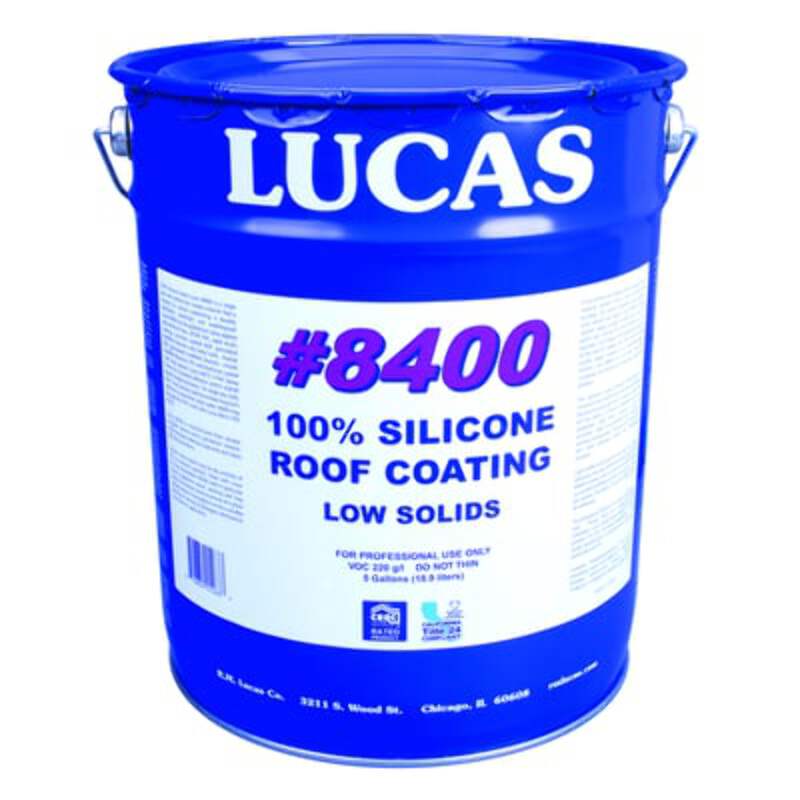 The Ultimate Guide To Rv Roof Coating
The Ultimate Guide To Rv Roof Coating
If you believe you'll be saving the roofing system decking plywood (not changing it), then you may save yourself some clean-up difficulty by eliminating the components initially and after that peeling up the rubber! Information of water damage on camper roof. More water damaged areas on RV roofing system decking. There was absolutely nothing truly terrible that made me seem like I was going to fall through, however definitely a great deal of damage and I was getting the feeling I would be changing a lot of the roof decking plywood.
 Kool Seal Elastomeric Roof Coating
Kool Seal Elastomeric Roof Coating
Site Web: roofing companies Tucson Tucson AZ - DCRoofingArizona.com
I opted for the simplest one initially, a vent cap from a kitchen area sink pipes vent pipeline. Beginning to scrape caulk and sealant. I utilized a stiff scraper with a chisel-like blade and simply started prying and chipping and scraping and hacking. There is no other way around this, you simply have to start digging up until you expose the screw heads.
Unscrewing the screws in vent cap. The screws on this vent cap were hex-head metal screws so I utilized a small socket motorist to eliminate them. Some came out clean. Others were rusted and I had to use a vice-grip pliers to grab the heads and turn them bit by bit.
I discovered an old wasp nest inside the vent cover. This is a sight I'll probably have to get utilized to, finding the remains of animal habitation in every nook and cranny. I invest a terrible lot of my time creating great wildlife habitat in my yard so I don't get upset when a creature picks to set up home in my RV.
Kool Seal 10 Year Elastomeric Roof Coating
Fortunately nobody was home in this old nest so I just tossed it. Possibly I'll put a screen over it when changing it. Which brings us to the next point. You need to try not to harm these pieces (like vent covers and caps) as you're removing the old caulk and sealant simply in case you need to use them once again.
(Guess I'll find out when the roofing system is done!) Prying up the vent cap and getting rid of the last ring of rubber roof beneath. So I pried up the rest of the cap and scraped up the remaining rubber roofing and butyl tape and putty and 25 years of other gunk and here's how it looks tidied up.
 10-year Premium White Elastomeric Roof Coating
10-year Premium White Elastomeric Roof Coating
One down, 7 more fixtures to go. Next I chose to tackle the only roofing system ventilation fan that my camper has. My roofing vent likewise had a vent cover over it. So I began scraping the gunk from those screws. Starting on the roofing system vent. Hardware exposed on roofing vent cap, the first nut came off clean.
 Foam Roofing Advantages: The Benefits Of Elastomeric Roof Coating
Foam Roofing Advantages: The Benefits Of Elastomeric Roof Coating
Bolt is spinning. The fasteners on this Recreational Vehicle roofing vent cover were nuts on small bolts. The first one came off fine with an extension socket set. The 2nd one just started spinning, indicating the bolt was not repaired in location however turning along with the nut. Downer. A peek at the hardware holding down the roofing vent cover.
Elastomeric Roof Repair Coatings, Elastomeric Roof Coatings
I didn't have any great way to hold the bolt in place so instead I opted to saw through the bolts with a reciprocating saw. Sawing through bolts on roofing system vent cover. I used a cordless reciprocating saw with a metal-cutting blade however it was difficult to get the blade flat enough to reach the bolts so near the roofing deck. A lot of were so old and rusted that they sheared off when I unscrewed then with a great deal of force. Unscrewing the brackets that held the vent cover in place. Then I scraped more caulk and roofing sealant off the flange of the roof vent itself. I quickly found there disappeared screws or hardware holding it down so I quit on the scraping and went inside the RV After scraping the caulk and sealant from flange of roofing vent, say goodbye to screws! Unscrewing the inside cover plate of roof vent fan in RV restroom.
A couple sheared off with a lot of force, but 2 would not budge. So I had to drill out the screw heads. I chose a drill bit close to the size of the shaft of the screws that I had actually currently taken out and began drilling. Picking a drill bit for drilling out a screw head.
Shatterproof glass advised. So I drilled out the heads, one popped off and the other I was getting upset with and offered it a yank before it was drilled through. Instead of popping off the screw head, the plastic just disappeared around the how much is lead flashing worth hot screw head. Whoops. Hope I don't have to recycle this cover.
If not, I'll require wider screw heads when re-assembling. Cover plate removed from roofing system vent. Next I discovered little corner brackets with hex-head bolts holding them in. I loosened them (all came out great thankfully) and took out the brackets and little white plastic spacers. Unscrewing corner brackets in roofing system vent.
How To Apply Elastomeric Paint (With Pictures)
All corner brackets eliminated, all set to take out. Once the brackets were out I went back up leading to pry out the the roofing system vent. Then I scraped up all the staying gunk and rubber roof. Lifting off the old roofing vent. There are 2 wires going to the roofing vent (a black hot wire and a white neutral wire) that you'll need to clip to eliminate the old vent.